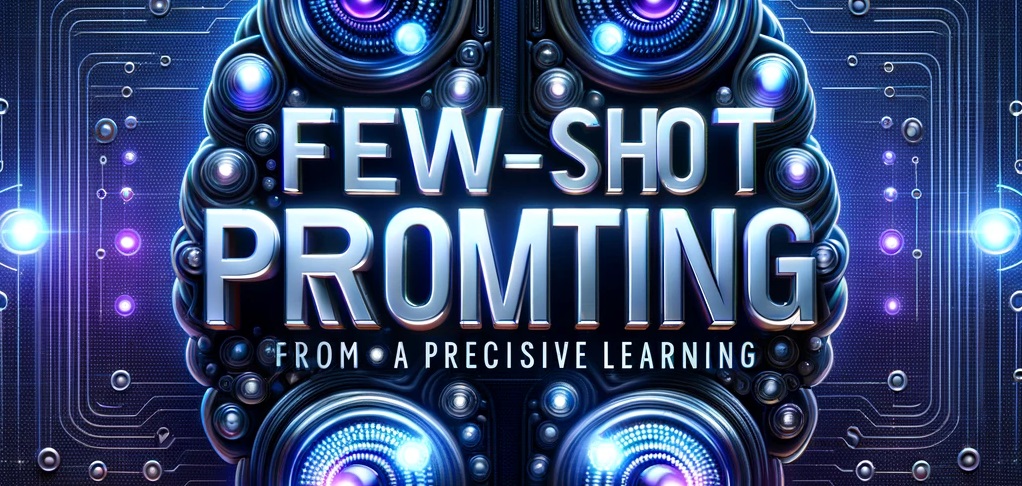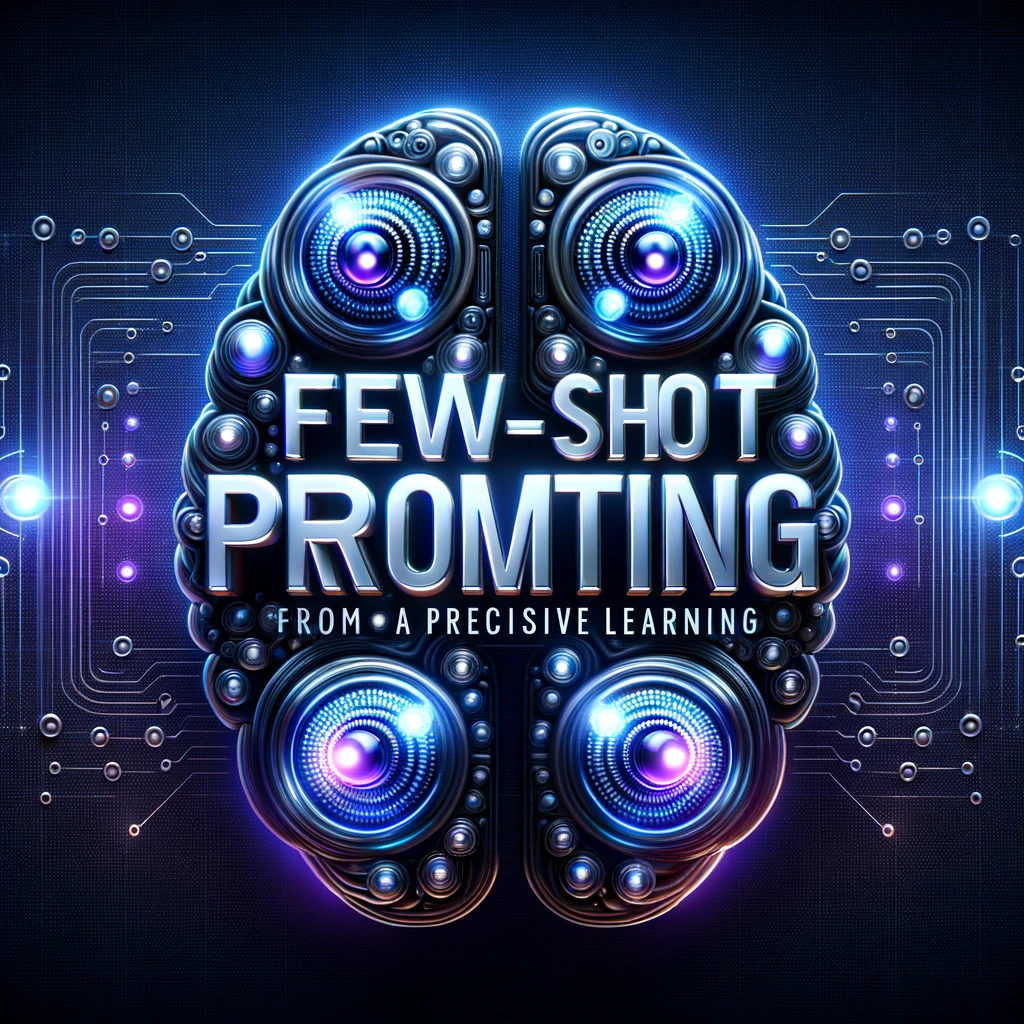What is Few Shot Prompting?
Best practices to write few shot prompts.
Few-shot prompting is revolutionizing the way we interact with artificial intelligence, enabling machines to learn and adapt from minimal information. This powerful technique allows AI to grasp complex tasks with just a few examples, bridging the gap between extensive data requirements and efficient learning. Dive into the intricacies of few-shot prompting as we explore its potential to transform AI’s learning process, making it more intuitive and accessible than ever before.

1. Select Relevant Examples
Relevance and Quality: Choose examples relevant to your task. For example, if you’re asking the model to write a product description, provide examples of product descriptions.
Example: If the task is to write a product description for a new smartphone, your examples should be concise, informative product descriptions from existing smartphones.
Diversity: Include examples with different styles or focuses. One description might highlight technical specifications, another the user experience, and a third the design aesthetics.
2. Clearly Define the Task
Explicit Instructions: Begin with a straightforward instruction. For instance, “Write a product description focusing on [aspect].”
Example: “Write a product description highlighting the smartphone’s camera capabilities.”
Consistency: Ensure the examples align with the instruction. If you’re focusing on camera capabilities, all examples should do the same.
3. Use an Appropriate Number of Shots
Balance: For a task like writing a product description, 2-4 examples usually strike the right balance between giving the model context and not overwhelming it.
Example: Provide three examples of smartphone product descriptions, each focusing on a different key feature (camera, battery life, processor).
Camera-Focused Description:
Galaxy ZoomX: Unleash your photography skills with the Galaxy ZoomX’s cutting-edge 108MP triple-lens camera. Engineered for the passionate photographer, it features a revolutionary Night Mode, 10x optical zoom, and AI-powered scene optimization. Capture your world in stunning detail, from breathtaking landscapes to vibrant cityscapes, all with a device that fits in your pocket.
Battery Life-Focused Description:
EnduraMax 20X: Say goodbye to battery anxiety with the EnduraMax 20X, your ultimate companion for long-lasting performance. Equipped with a groundbreaking 6000mAh battery, it supports up to 48 hours of continuous usage. Whether you’re an avid traveler, a mobile gamer, or a video binge-watcher, the EnduraMax 20X ensures you stay powered throughout your day without reaching for the charger.
Processor-Focused Description:
Speedster Pro V: Experience lightning-fast performance with the Speedster Pro V, designed for the speed enthusiast. At its core lies the latest Octa-Core HyperThread processor, delivering unmatched speed and efficiency. Multitask with ease, enjoy smooth gaming, and run demanding applications — all without a hitch. The Speedster Pro V redefines what’s possible, offering you a seamless and responsive user experience that keeps pace with your lifestyle.
4. Format Examples for Clarity
Structured Format: Use a consistent format. For instance, start each example with “Product Name:” followed by the description.
Example:
- Product Name: Galaxy ZoomX. Description: The Galaxy ZoomX redefines mobile photography with its 108MP triple-lens camera…
- Product Name: PowerPhone Plus. Description: With a battery life that lasts two days…
Highlight Differences: Make it clear what each example emphasizes, aiding the model in understanding the task’s scope.
5. Iterate and Refine
Feedback Loop: After reviewing the model’s outputs, you might notice it performs well on technical specifications but less so on user experience descriptions. You can then adjust your examples accordingly.
Example: If the initial output focuses too much on technical details, add an example that balances technical specifications with user benefits to guide the model.
6. Be Specific in Your Request
Detail in Prompt: Specify not just the content, but also the tone or style you’re aiming for.
Example: “Write a product description in an engaging and conversational tone, making the reader excited about the camera capabilities.”
7. Consider the Model’s Capabilities
Understand Limitations: Remember, the model’s knowledge is fixed as of its last training cut-off. For very recent products or technologies, provide a brief context.
Example: “Assuming the latest smartphone has a revolutionary holographic display technology not previously available, write a product description highlighting this feature.”
8. Privacy and Sensitivity
Avoid Sensitive Information: When crafting examples, ensure they are generic and don’t include real personal data or sensitive information.
Example: Use fictional product names and features for demonstrations, ensuring no real brands or unreleased product details are inadvertently disclosed.




